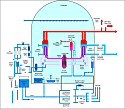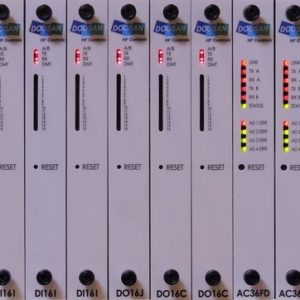- Increased System Performance
|
| Controller computations and logic execution is performed utilizing a high-speed, dedicated Intel Pentium® processor (64-bit), which provides extremely fast system response times. Communications functions are conducted through separate, dedicated processors (32-bit) for increased data communications throughput. The high performance processor and high-speed communications reduce the required amount of equipment, simplifying overall system design. |
- Field-Proven Architecture
|
| The high-integrity system architecture is found in many fossil and nuclear power installations worldwide. The simplification of the hardware and software design decreases system complexity, reducing maintenance and testing costs and minimizing the probability of system errors. |
- Unparalleled System Longevity
|
| The system architecture permits future upgrades with minimal modifications as well as backwards compatibility to legacy HFC control systems. Unsurpassed system operating life provides an exceptional return on investment. |
- Improved Maintenance and Testing Facilities
|
| A wide breadth of configuration, diagnostic, and maintenance tools assist operators and maintenance personnel in the identification and prompt resolution of system abnormalities. Corrective maintenance is also facilitated through the ability of ‘hot swapping’ failed modules, which can be performed without the disruption of other ongoing, critical processes. |
| Real-time system tests and diagnostics facilities continuously perform sanity analysis and monitor system-wide status parameters. Intelligent alarms can be generated upon detection of any kind of process/system anomaly. Maintenance personnel are able to observe detailed system status displays and perform various system tests through the Maintenance Subsystem. |
- Increased Reliability & Flexibility
|
| The utilization of field-proven hardware and system-wide redundancy results in improved fault-tolerant operation. The system architecture effectively eliminates single point of failures and is designed to restrict such failures from compromising other system components. In its full, redundant form, a 99.997% system reliability rating is achieved. |
| System flexibility is exhibited through the capability of providing redundancy specific only to critical areas where it is required and the wide variety of Man-Machine interface configurations and displays available |




